(71 products available)




















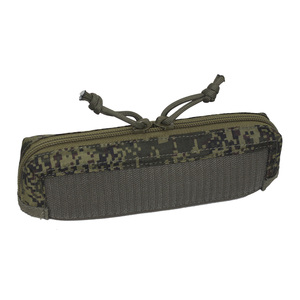
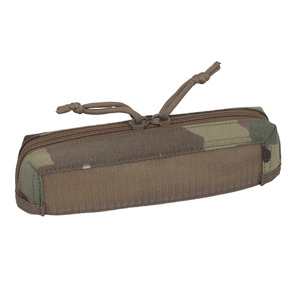
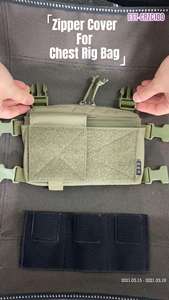

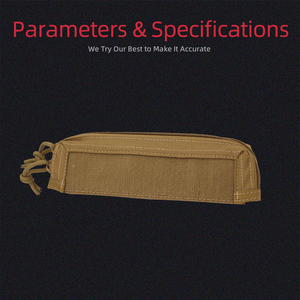
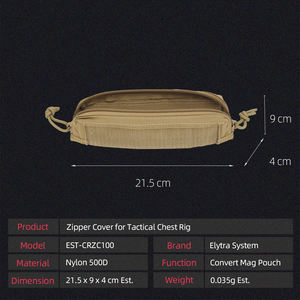




























































































































































































There are many types of a .38 rifle, each with unique features and designs. Here are some common types:
Lever Action .38 Special Rifles
These rifles use a lever mechanism to load, fire, and eject cartridges. They are known for their smooth action and are popular among cowboy action shooters. Examples of .38 lever-action rifles are Henry Big Boy X Model and Rossi R92 .38 Special Lever Action Rifle.
Single Shot .38 Special Rifles
These rifles require the shooter to load one cartridge at a time. They have a break-open, falling block, or tilting mechanism to access the chamber. They are simple, reliable, and often used for plinking or by youth shooters. Examples of single-shot rifles are H&R Handi-Rifle and Rossi Youth Matched Pair.
Bolt Action .38 Special Rifles
.38 rifles with bolts have a bolt mechanism that requires manual operation to load and eject cartridges. They offer great accuracy and are used for target shooting and hunting. Some .38 rifles with bolt actions are Savage Axis II and Mossberg MVP Bolt Action Rifle.
Pump Action .38 Special Rifles
These rifles use a pump mechanism that the shooter must slide back and forth to load and eject cartridges. They provide fast follow-up shots and are good for hunting and shooting sports. An example of a pump-action rifle is the Mossberg 464 SPX.
Semi-Automatic .38 Special Rifles
These rifles automatically load the next round after firing. They provide fast shooting with minimal manual action required from the shooter. They are popular for various shooting applications. An example of a semi-automatic rifle is the Chiappa Firearms 1911-38.
To get the right .38 rifle, one should consider several factors that will ensure one gets the best firearm. These factors include;
Purpose
Knowing the purpose of the gun is the first thing one should do before buying a .38 rifle. Whether for self-defense, hunting, or sport shooting, understanding the intention will help one choose the right model. Each purpose has a specific design that fits it. For instance, a rifle for hunting will be different from one used for sport shooting.
Action type
The action type of a .38 rifle is also crucial when choosing one. There are various action types, such as bolt, lever, pump, and semi-automatic actions. Each of them has advantages and disadvantages. Therefore, one should do thorough research to know the action type that fits one's needs best.
Barrel length
Barrel length is another factor to consider when buying a .38 rifle. Normally, longer barrels increase accuracy but reduce maneuverability. On the other hand, shorter barrels improve handling but may decrease precision. Therefore, one should choose a barrel length that fits one's intended use.
Caliber and ammunition
The most common caliber used in .38 rifles is the .38 special. However, there are others like the .38 Super and the .38-55 Winchester. As mentioned earlier, each caliber has its advantages and disadvantages. Therefore, one should choose a caliber that fits one's needs and buy compatible ammunition.
Ergonomics and comfort
When buying any firearm, comfort is one of the most important factors to consider. Features such as stock design, grip texture, and weight distribution will affect comfort. Therefore, one should ensure the rifle fits well and feels comfortable when holding it.
.38 caliber rifles are not as common as the revolvers of the same caliber. However, they still exist and come with several functions, features, and designs. Here are some common functions, features, and designs associated with .38 caliber rifles:
Versatility
.38 caliber rifles are adaptable and can be used for various purposes including target shooting, small game hunting, and home defense. Their flexibility arises from the ability to use different types of ammunition, such as .38 Special for precision shooting and .38 Super for increased power and enhanced performance.
Accuracy
Rifles have an inherent accuracy advantage over handguns because of their longer barrel and steadier shooting platform. This makes them useful for varminting and small game hunting where precise shots are crucial for ethical and effective harvesting of animals.
Design and Construction
.38 caliber rifles are commonly made from materials like steel and high-grade aluminum to improve durability and resistance to weather conditions.
Barrel Length
The longer barrel of a .38 caliber rifle often contributes to improved velocity and accuracy. Longer barrels enable higher levels of accuracy at long range due to better ballistics and improved sighting system.
Stock and Sights
Rifles are fitted with shoulder stock that provides better stability and helps in achieving accurate shots. The stock allows the shooter to brace the firearm against the body. Most .38 rifles have a wide range of sighting options, from iron sights to scopes, which enhances aiming precision.
Lever-Action Mechanism
Many .38 caliber rifles use lever-action mechanisms, which are known for their reliability and smooth operation. Lever-action rifles are also quick to cycle for follow-up shots, making them great for hunting and target shooting applications.
Capacity and Reloading
These rifles usually have higher ammo capacity than revolvers. They also have options of using tubular magazines or detachable magazines, which allow for faster reloads and extended shooting sessions without the need to frequently reload.
Adaptability
With the advent of modern materials and manufacturing techniques, some .38 rifles can be adapted to accept accessories such as rails, lights, and optics. Such additions improve the rifle's functionality for particular applications and enhance performance and versatility.
The .38 revolver is a handgun known for its reliability and ease of use, making it a popular choice for personal defense. To ensure safety when handling a .38 revolver, it is crucial to follow proper guidelines. One should always treat the firearm as if loaded. This involves keeping it pointed in a safe direction, keeping one's finger off the trigger until ready to shoot, and being aware of what is beyond the target. Moreover, storing the revolver in a secure location, preferably with a locked container, is essential to prevent unauthorized access, especially by children. When using the revolver, regular maintenance and inspection are necessary to ensure its mechanical integrity. Additionally, using factory ammunition and avoiding hand-loaded rounds can minimize the risk of malfunctions. It is also advisable to familiarize oneself with local laws and regulations regarding firearm ownership and usage.
The .38 Special rifle is a popular choice for many shooters due to its balance of power, accuracy, and manageable recoil. When assessing the quality of a .38 Special rifle, there are several key factors to consider. One of the primary considerations is the build quality of the rifle. This includes the materials used in its construction, such as high-quality steel and durable alloys, which contribute to its longevity and reliability. Additionally, the fit and finish of the components are crucial in ensuring smooth operation and preventing issues like misalignment or excessive wear.
Another important aspect is the accuracy that a .38 Special rifle can deliver. Factors such as barrel quality, rifling design, and overall craftsmanship play a significant role in determining how precise the firearm will be. A well-made barrel can enhance bullet stability and consistency, leading to tighter groups at various distances.
Furthermore, the reputation of manufacturers and their track record for producing reliable firearms should not be overlooked when evaluating the quality of a .38 Special rifle. Established companies have earned trust through years of experience, innovation, and adherence to strict quality control measures.
Additionally, user feedback and reviews from knowledgeable sources can provide valuable insights into real-world performance and satisfaction levels of the rifles. This information can help potential buyers make informed decisions by understanding the strengths and weaknesses of different models.
What makes the .38 rifle different from others?
The primary differentiator of a .38 rifle is its caliber. The .38 caliber refers to the internal diameter of the bullet, which is around 0.38 inches. Different rifles vary in caliber, which affects the power and range of the firearm. For example, a .38 rifle is more powerful than a .22 rifle but less potent than a .50 rifle.
Is a .38 rifle good for self-defense?
A .38 rifle is good for self-defense due to its stopping power. It can effectively handle close encounters and is easy to operate. However, one should be well-trained in handling and shooting a .38 rifle to avoid accidents. Also, the self-defense laws in the area should permit the use of such firearms.
How far can a .38 rifle bullet travel?
A .38 rifle bullet can travel over 1,500 meters, depending on the type of firearm and ammunition used. For example, a .38 special fired from a handgun can reach up to 1,000 meters. One fired from a .38 Winchester rifle can exceed 1,600 meters. However, the bullet can get inaccurate at longer distances.
What type of ammunition does a .38 rifle use?
A .38 rifle uses different types of ammunition, depending on the caliber. Some common types include .38 special, .38 super, .38 S&W, and .38-55 Winchester. Each type of ammunition has its power, velocity, and energy levels.